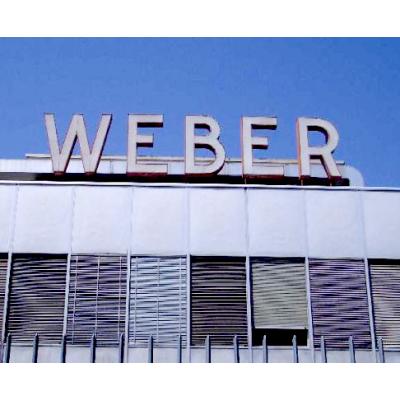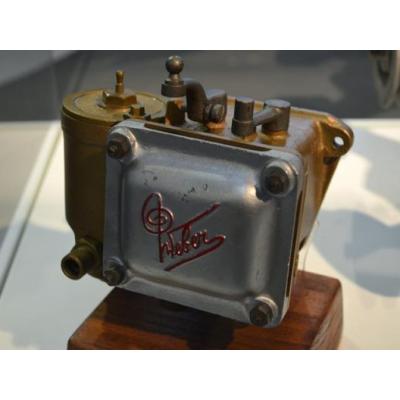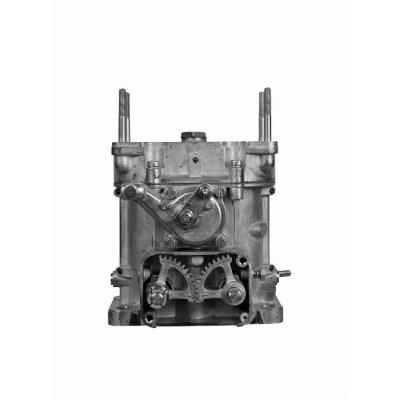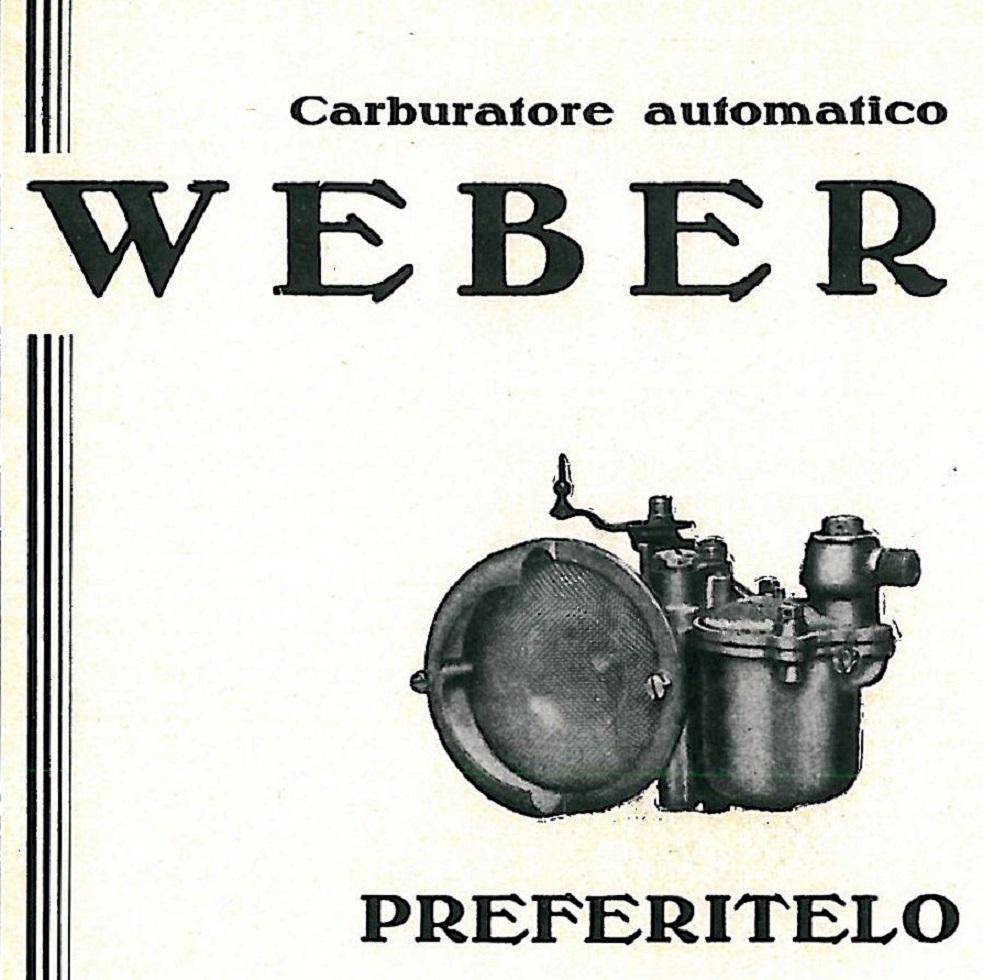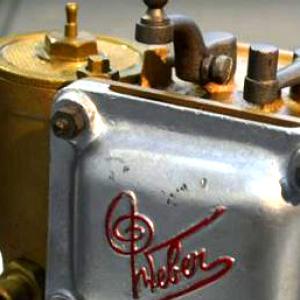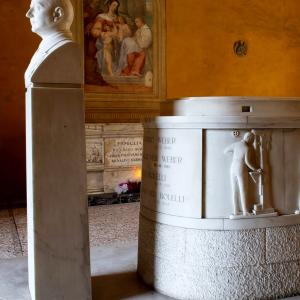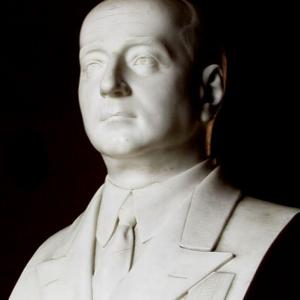Schede
Descendant of a family of Swiss mechanical craftsmen who had moved to Turin, Edoardo Weber (1889 - 1945) had been employed as a worker at FIAT, later becoming an engine and car tester. In 1913 he had moved to Bologna as workshop manager of the local branch, then in 1918 to Ferrara with the same task. Returning to Bologna in 1922, he had founded, in partnership with engineer Giulio Lancellotti and the Donini brothers, the Fabbrica Italiana Carburatori Weber (Weber's Italian Carburettors Factory), which experienced many problems in the first decades of its life, so much so that Weber was forced to take over ownership of the company himself. This was in spite of the quality of its products, such as the Econo-Super-Alimentatore, the progenitor of a long series of carburettors adopted by FIAT, Maserati, Ferrari, Alfa Romeo, even for competition models. In the 1930s, countless victories and the achievement of World Speed Records for vehicles with Weber carburettors had brought the company international notoriety. In 1940 a new factory had been opened in Via Timavo with around 400 workers.
The war years had seen the occupation of the factory and the decentralisation of production to Bazzano, linked to warfare commissions; finally, the tragic epilogue, after the liberation of Bologna, was the death of Edoardo Weber, in circumstances that have never been ascertained, on 17 May 1947. For the recovery of the company, fortunately saved from the bombing but in great difficulty due to the loss of its founder, FIAT had actively contributed, taking over as majority shareholder. From 1952 onwards, Weber had become an integral part of the group's component supply chain, merging into another subsidiary company, Magneti Marelli, in 1987.
Antonio Campigotto
Text taken from 'La Ruota e l'Incudine la memoria dell'Industria Meccanica Bolognese in Certosa', Minerva, 2016. Translated by Lorenzo Rocco, 2022.

